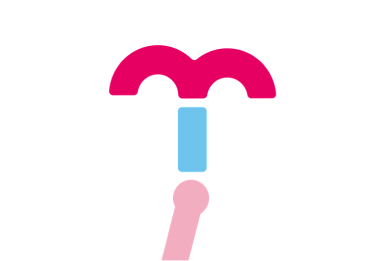Intrauterine device (IUD)
Pregnancy prevention for up to ten years, remove at any time

IUDs
IUDs are kind of long-term methods of contraceptive (coper and levonorgestrel), which are in two types:
- The TCu-380A intrauterine device.
- For the levonorgestrel intrauterine device
- The copper-bearing intrauterine device (IUD): is a small, flexible plastic frame with copper sleeves or wire around it. A specifically trained health care provider inserts it into a woman’s uterus through her vagina and cervix.
- The levonorgestrel intrauterine device (LNG-IUD): is a T-shaped plastic device that steadily releases a small amount of levonorgestrel each day. (Levonorgestrel is a progestin hormone also used in some contraceptive implants and oral contraceptive pills).

Insertion and removal of IUD
- Contraceptive protection is immediate with the exception of an IUS inserted after the first 7 days of the menstrual cycle. In this case, contraceptive protection takes 7 days.
- Contraceptive protection is immediately stopped following removal.
- The client should know how long their IUD/IUS is effective for, as after that time they will not be protected against pregnancy. They will need to return for a replacement or alternative contraception if they want ongoing protection:
Key points
An IUD/IUS can be inserted at any time in the menstrual cycle.
- The copper IUD can be inserted at any time in the menstrual cycle, if reasonably certain the client is not pregnant or at risk of pregnancy.
- There is no need for a backup contraceptive method after insertion.
- The LNG-IUS can be inserted at any time in the menstrual cycle, if not inserted in the first 7 days of the menstrual cycle, use a backup contraceptive method (e.g., condoms) for 7 days post-insertion.
- When inserting either an IUD or an IUS, always do all that is possible to exclude a pregnancy and make sure that the client consent form includes language on the remote possibility of a pregnancy.
- An IUD/IUS can be inserted immediately after a surgical abortion•
- An IUD/IUS can be inserted within 48 hours following birth, and once4 weeks have elapsed after giving birth (but not between 48 hours and4 weeks of giving birth.
- An IUD/IUS should not be inserted if examination indicates infection or pathology.
Removal of IUD Key points
- An IUD/IUS must be removed if it has expired.
- An IUD/IUD can be removed at any time at the request of the client.
- If the client wants removal for common side effects of the IUD/IUS, discuss the issues they are having and ask if they would like to keep their IUD/IUS if the problem can be managed. If not, the IUD/IUS should be removed immediately.
- IUD/IUS removal is a simple procedure that requires the client to lie flat on their back, in a private and clean environment. Clients are required to undergo a pelvic examination.
- If the IUD/IUS is removed within the first 5 days of the client’s menstrual period and they are switching to injectable contraceptives, an implant, or to combined oral contraceptives/progestogen-only pills (or on day 1 of the client’s menstrual cycle for the estradiol valerate/dienogest pill), there is no need for a backup method.
Find your best fit
If you’re unsure what method is best for you, take our online contraception quiz.

If you’re considering an Intrauterine device (IUD), or thinking about using a new method of contraception, it’s a good idea to have a full consultation.
Call us toll-free for a confidential talk on:











